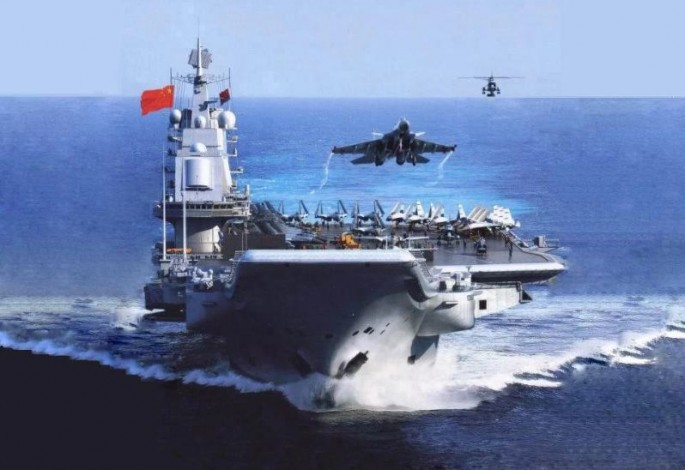It's now almost certain China's second and third aircraft carriers will feature catapult-assisted take-offs but the type of catapult to be used -- steam or electromagnetic -- hasn't been decided. The People's Liberation Army Navy (PLAN), however, seems to be leaning towards using steam catapults on Shandong, its second aircraft carrier.
China now understands the main technologies of the steam-powered catapult, but what kind of catapult will be used on China's second or third aircraft carrier isn't clear, claims Li Jie, a leading researcher at the People's Liberation Army Navy Naval Military Studies Research Institute.
He's also a retired Senior Captain of the People's Liberation Army Navy (PLAN). The institute is the PLAN's think tank.
Li believes it would be best if electromagnetic catapults could be used on China's second and third carriers. The second carrier named Shandong is now being built at Liaoning province and is expected to enter service after 2020. The third carrier is still being planned.
Li said China is developing its own Catapult-Assisted Take-Off But Arrested Recovery (CATOBAR) system, the same technology used on U.S. Navy aircraft carriers. He feels the safer and more rational route will be to first use steam catapults since China has a better grasp of this technology.
He noted that even the U.S. Navy hasn't completely understood electromagnetic catapult technology and continues to test this technology.
Using electromagnetic catapults also means ship-borne fighters must be heavily modified to meet the demands of this technology. China's only carrier launched fighter is the Shenyang J-15 multi-role fighter still plagued by its underpowered and unreliable engines. The J-15 serves aboard the Liaoning, which has a ski-jump flight deck.
Li noted this jet was specifically designed for ski-jump take-offs and can't be launched by catapult. Catapult assisted take-offs will be a "major challenge" for the J-15, said Li.
He said CATOBAR is powerful but expensive. Because of this cost, several navies (among them Britain, Russia, Spain and India) have adopted a similar but cheaper launch system called Short Take-Off But Arrested Recovery (STOBAR).



























